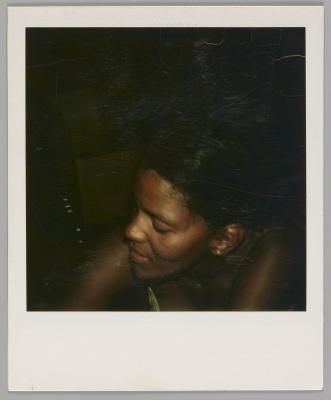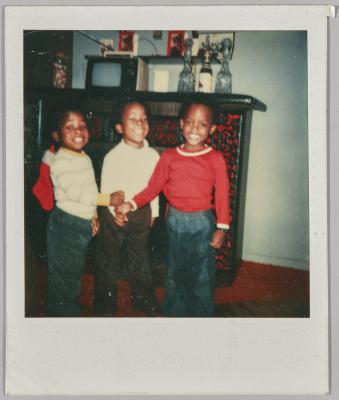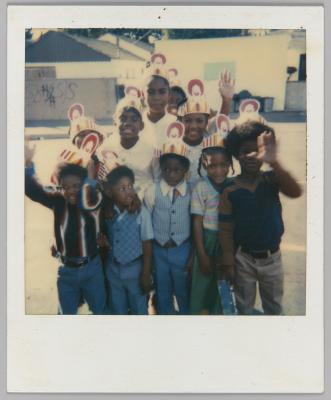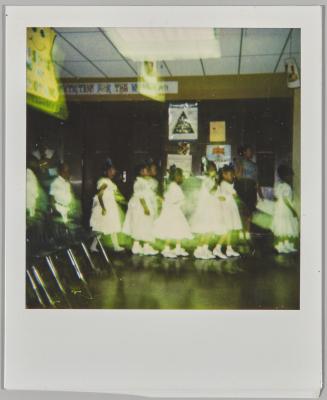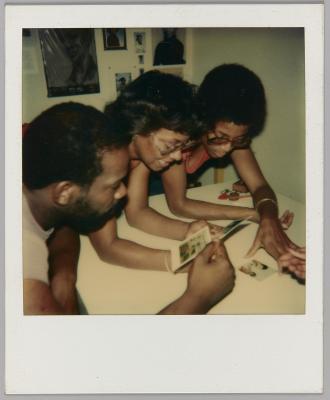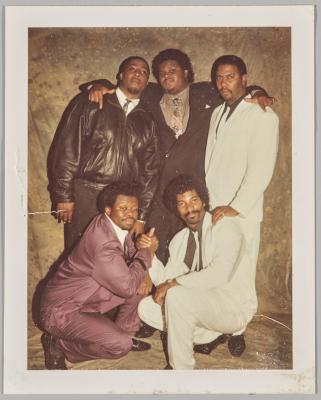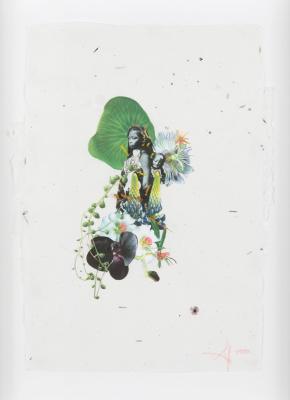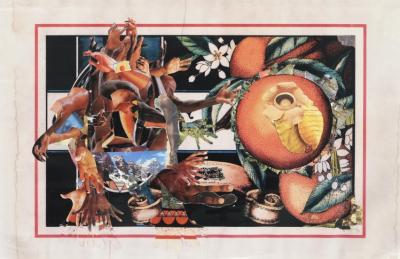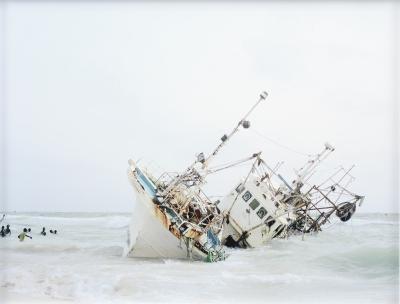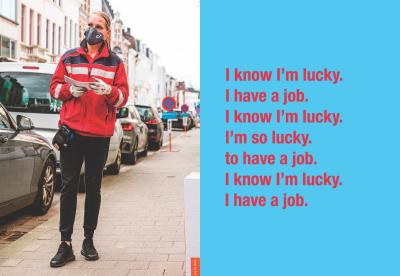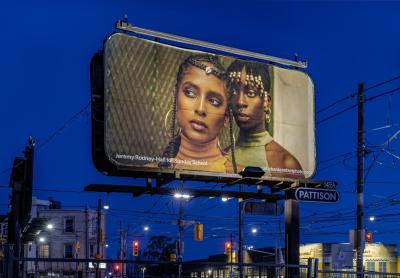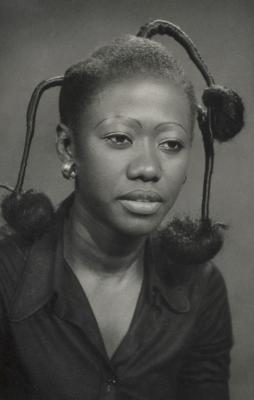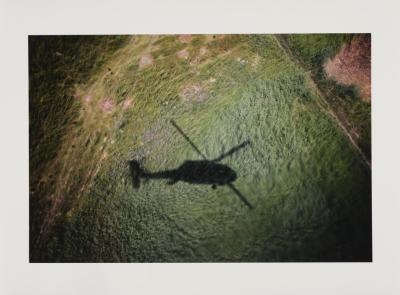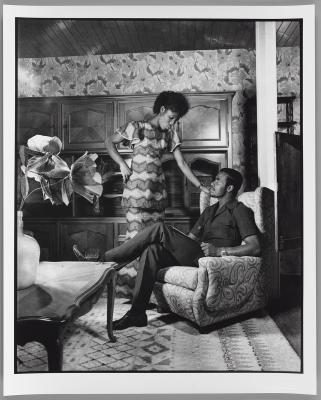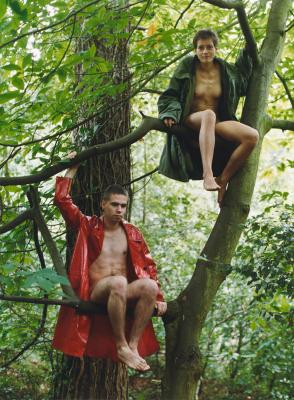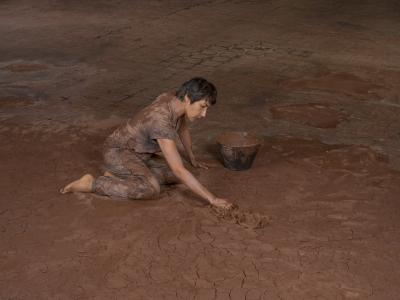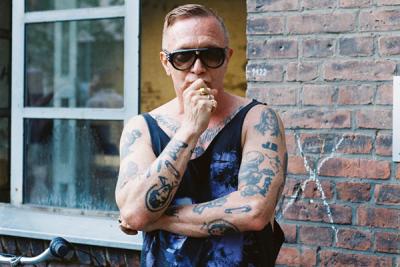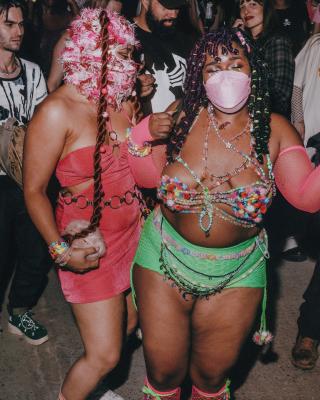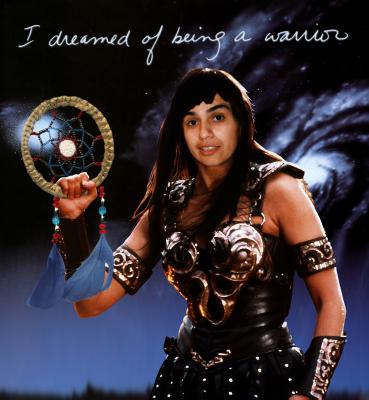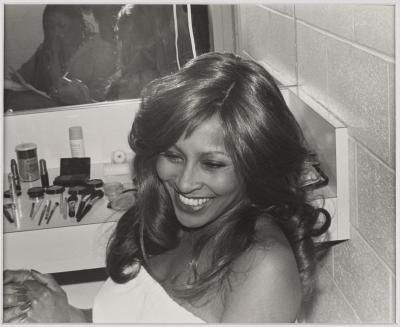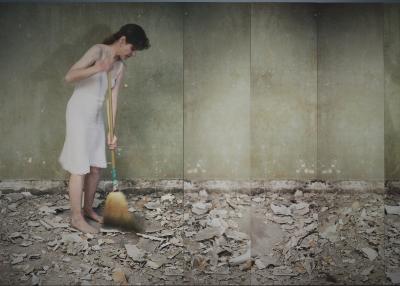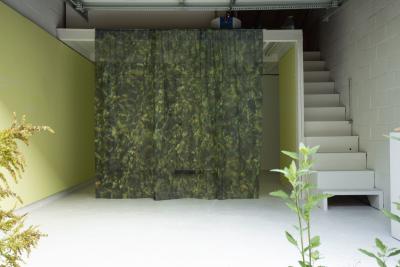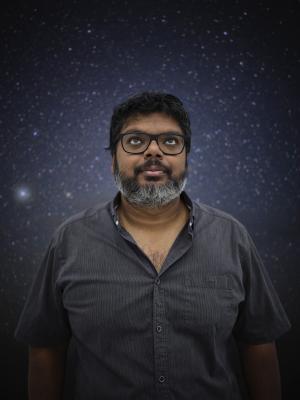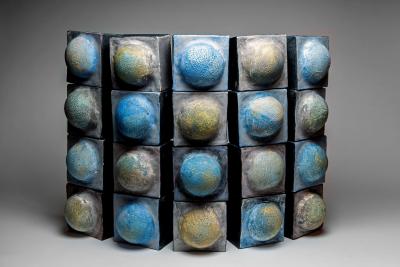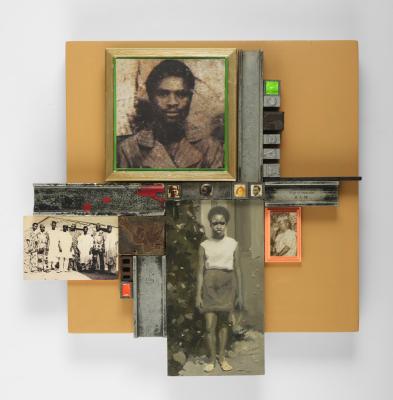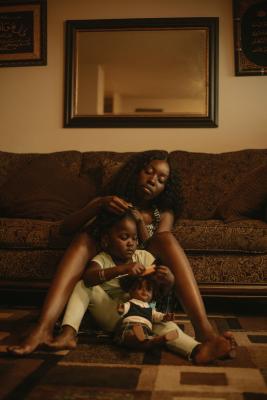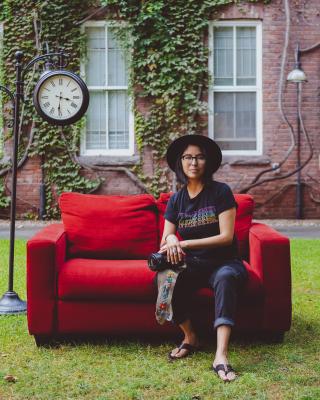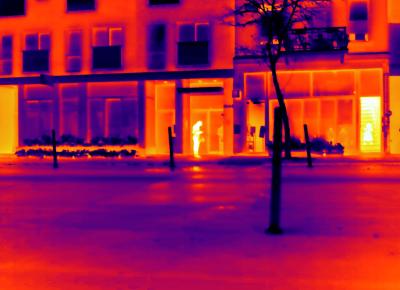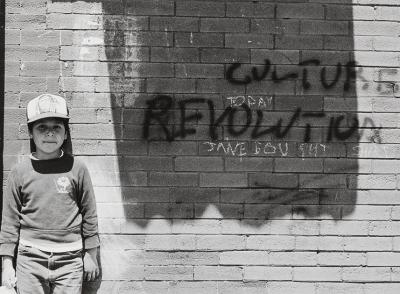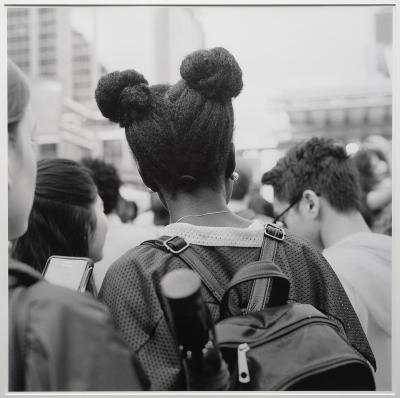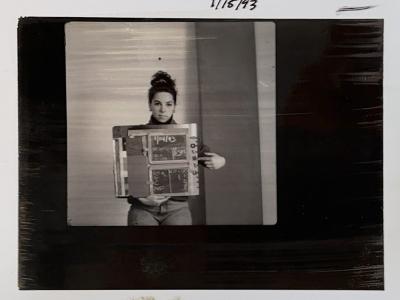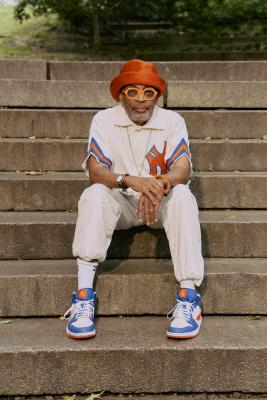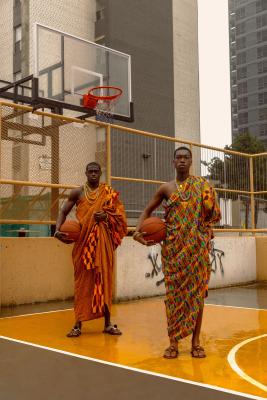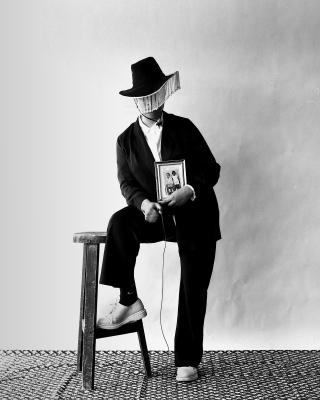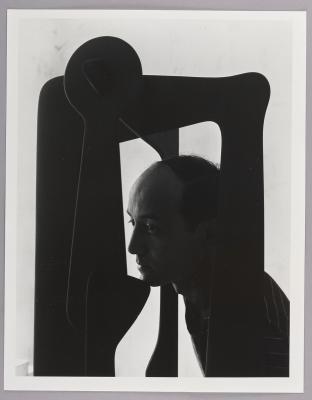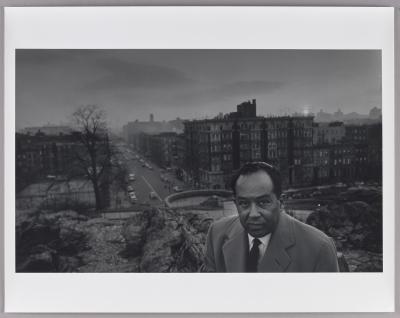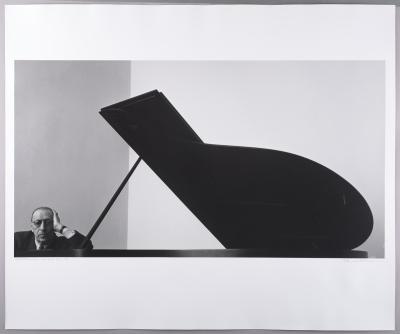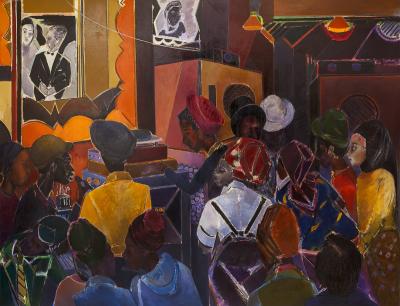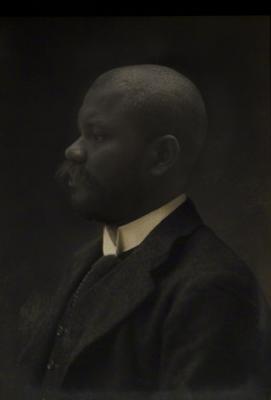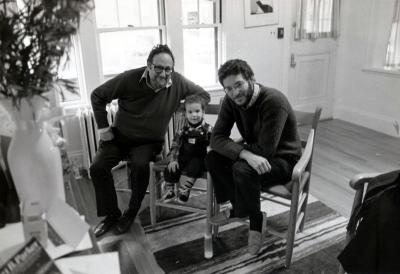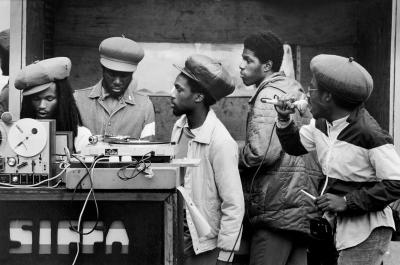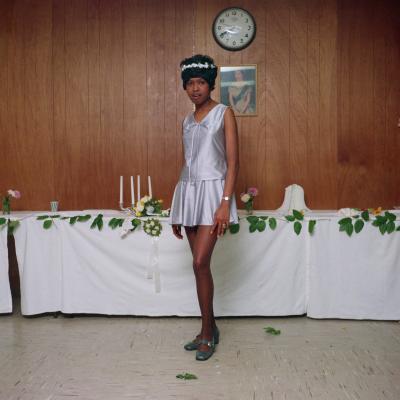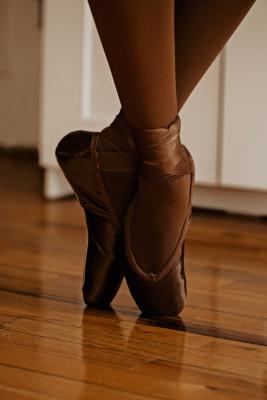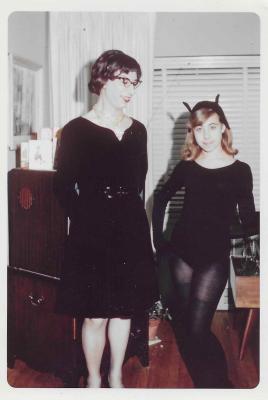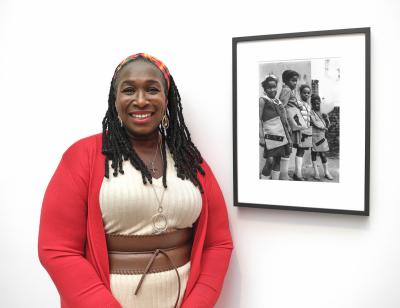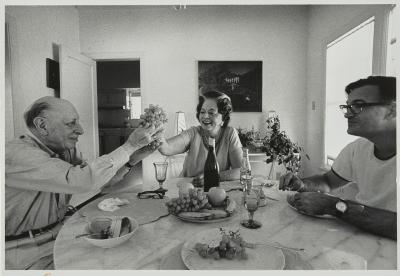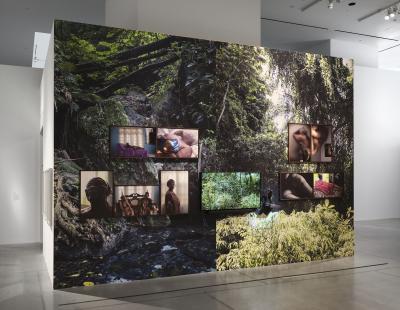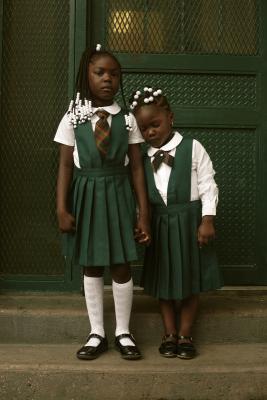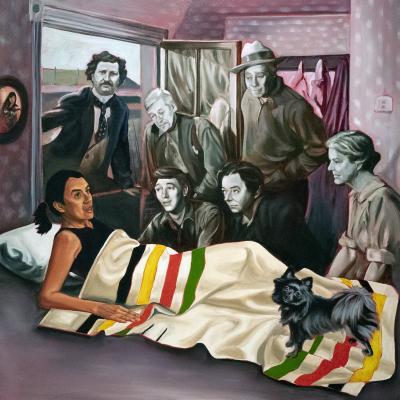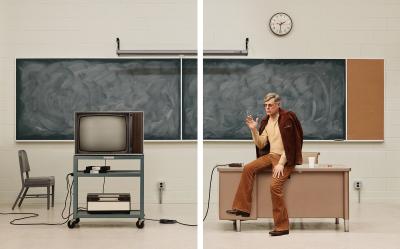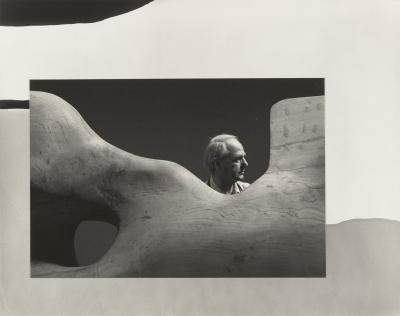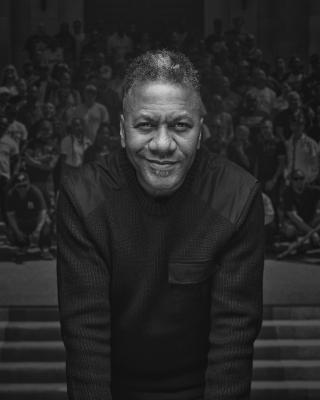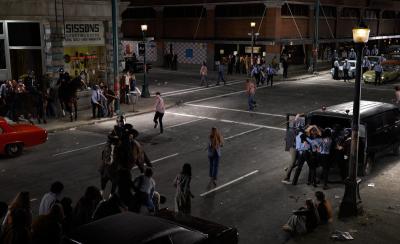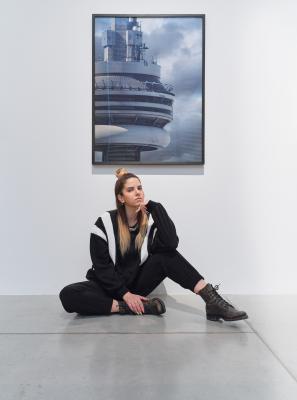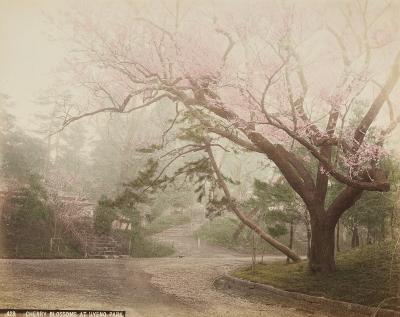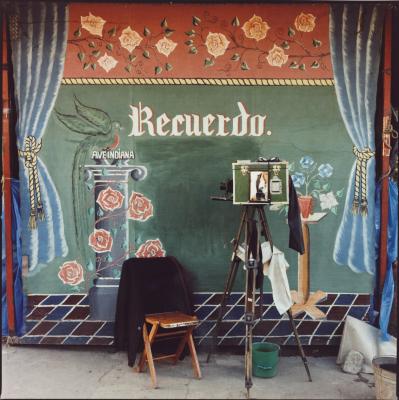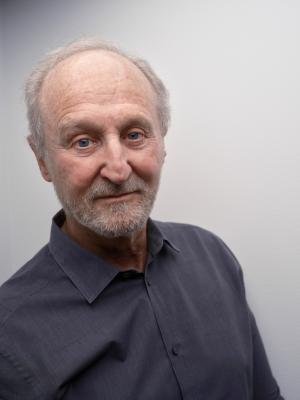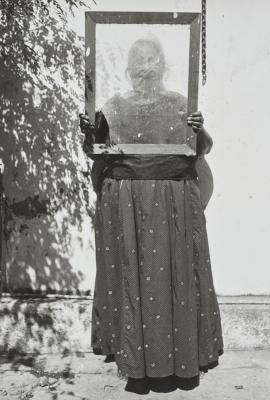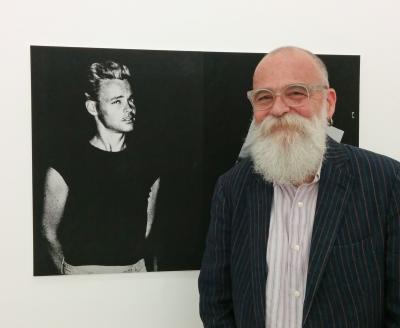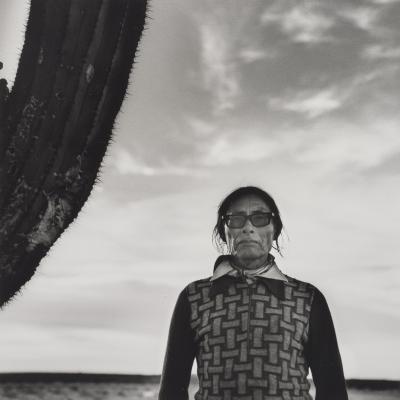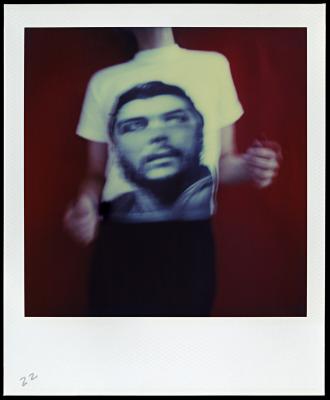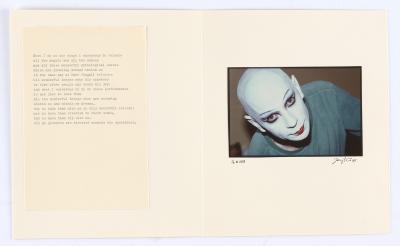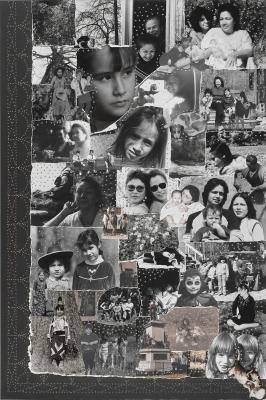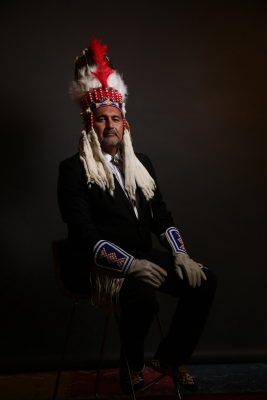From North to South: The Canada/Mexico Exchange
A photography exchange in 1988 fostered new artistic connections
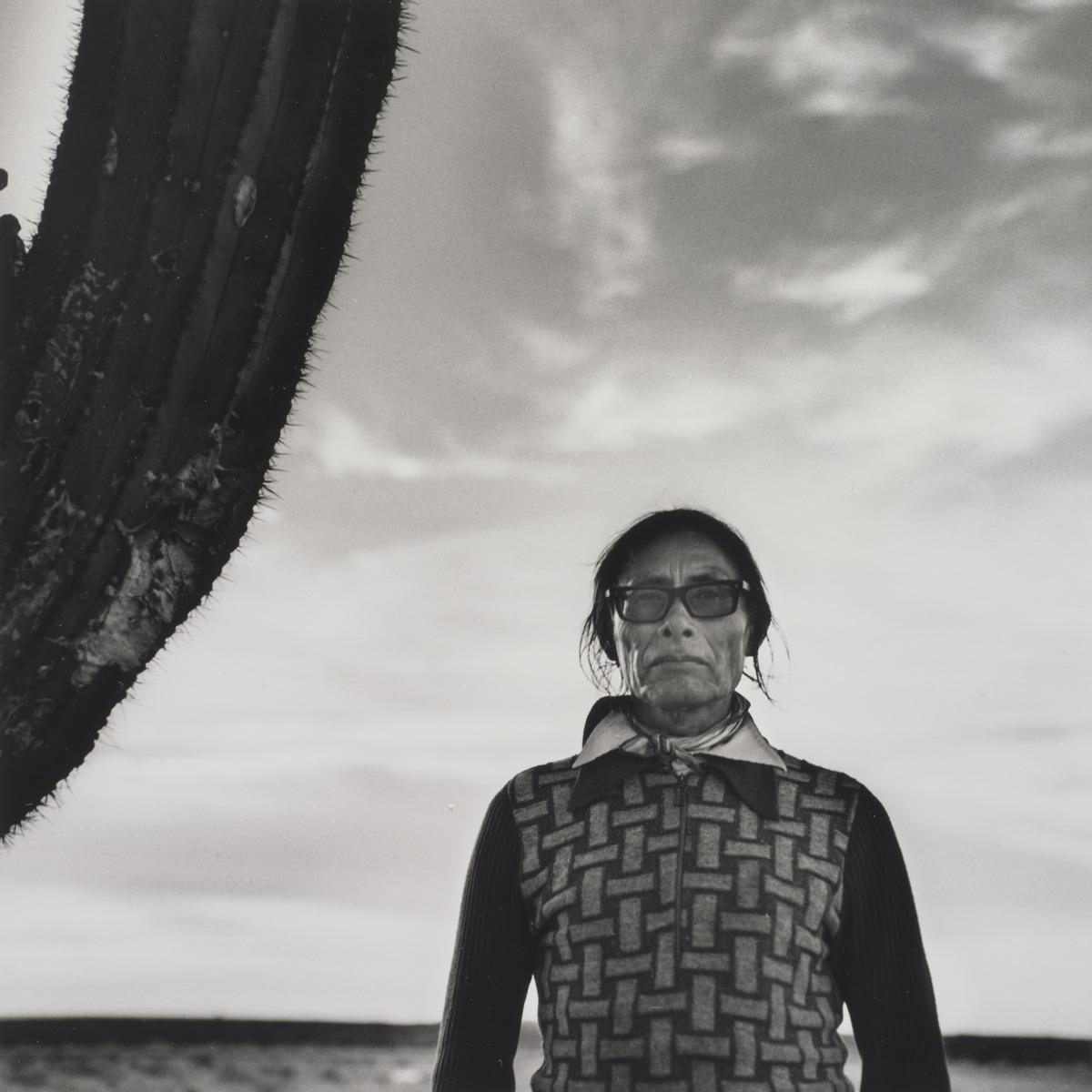
Graciela Iturbide. Desierto de Sonora, México, 1979. Gelatin silver print, Overall: 30.5 × 24.1 cm. Art Gallery of Ontario. Purchase, with funds from the Photography Curatorial Committee, 2023. © Graciela Iturbide. 2023/97
Almost forty years ago, photographers from Canada and Mexico built a long-overdue cultural bridge, reaching past the borders they both share with the United States
The Canada/Mexico Exchange brought works by 29 Mexican photographers to Canada and works by 20 Canadian photographers to Mexico, creating new connections between the two photography communities. Archival materials from this exchange are on view as part of the exhibition Recuerdo: Latin American Photography at the AGO. Bringing together new acquisitions and unseen works from the AGO’s Photography Collection, this exhibition examines what it means to consider art of and from Latin America.
The Canada/Mexico Exchange was born from the efforts of Chilean Canadian photographer Rafael Goldchain, whose work is on view as part of Recuerdo. Born in Santiago de Chile, Goldchain moved to Toronto in 1976, where he studied photography at Toronto Metropolitan University (then known as Ryerson Polytechnical Institute). After graduating, Goldchain made regular visits to Mexico to visit his family and soon became heavily involved in both Mexico’s and Toronto’s photography scenes.
“During the 1980s, I was becoming increasingly immersed in both scenes and kept thinking, ‘There’s great work happening here and there, but the trains don’t meet.’ If they did, maybe some interesting hybridization could happen,” Goldchain said in an interview with Marina Dumont-Gauthier, AGO Curatorial Assistant and the exhibition’s curator.
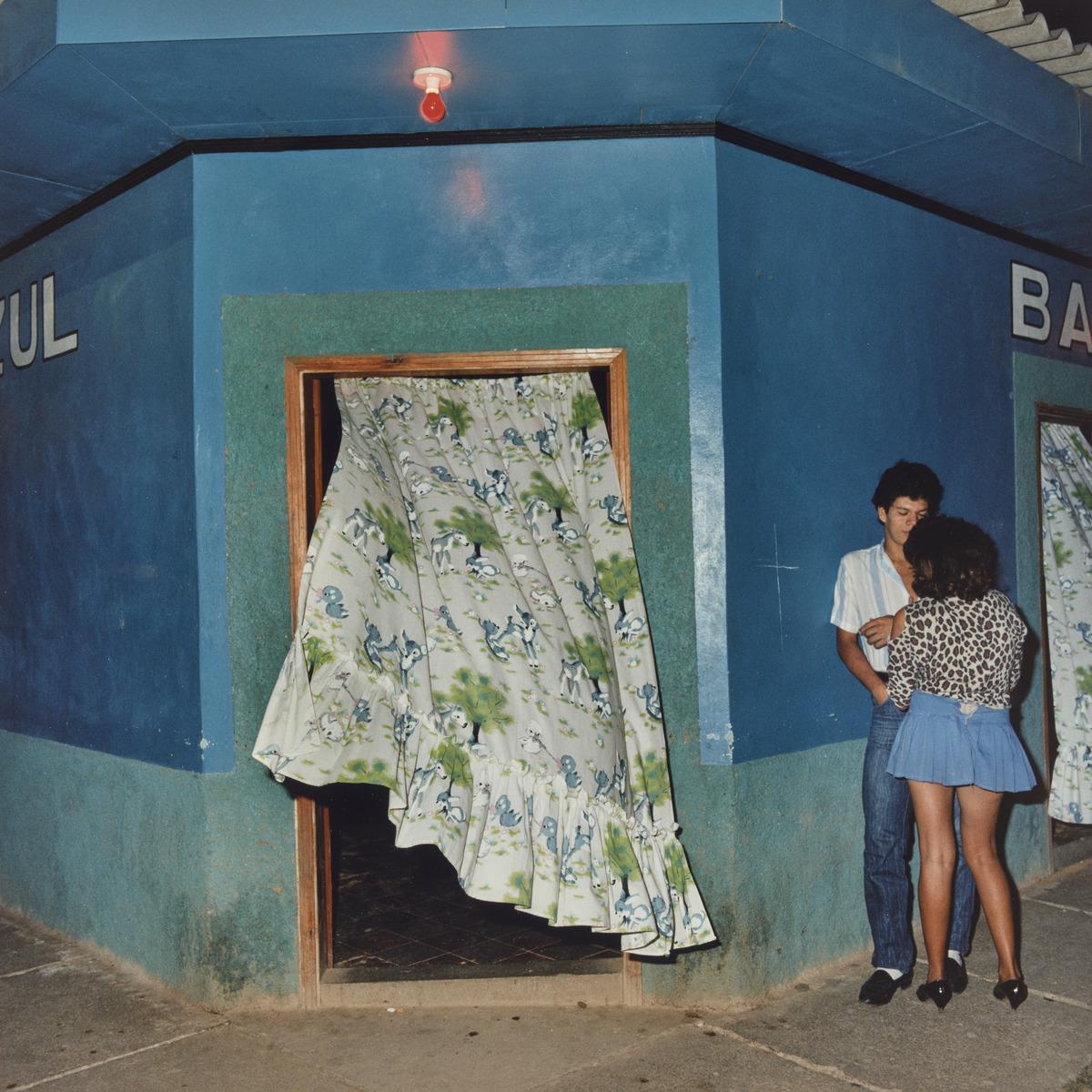
Rafael Goldchain, Nocturnal Encounter, Comayagüa, Honduras, 1987. Chromogenic print, Overall: 50.8 × 61 cm. Art Gallery of Ontario. Gift of Rafael Goldchain in honour of Emilio and Esther Goldchain, 2024. © Rafael Goldchain. 2024/125
As Goldchain explains, cultural exchange between the two countries was limited at the time, and perceptions were often stereotypical. Many in Mexico pictured Canada primarily as a vast northern landscape, while Canadians’ view of Mexico was fairly superficial.
“Mexico and Canada felt like two parallel universes. Most Canadians mostly saw Mexico through a tourist lens, lacking depth, language, or anything beyond how to ask for a beer,” Goldchain explained. “Mexicans were not coming up here in droves. I thought photography could be a small step toward a cultural rapprochement.”
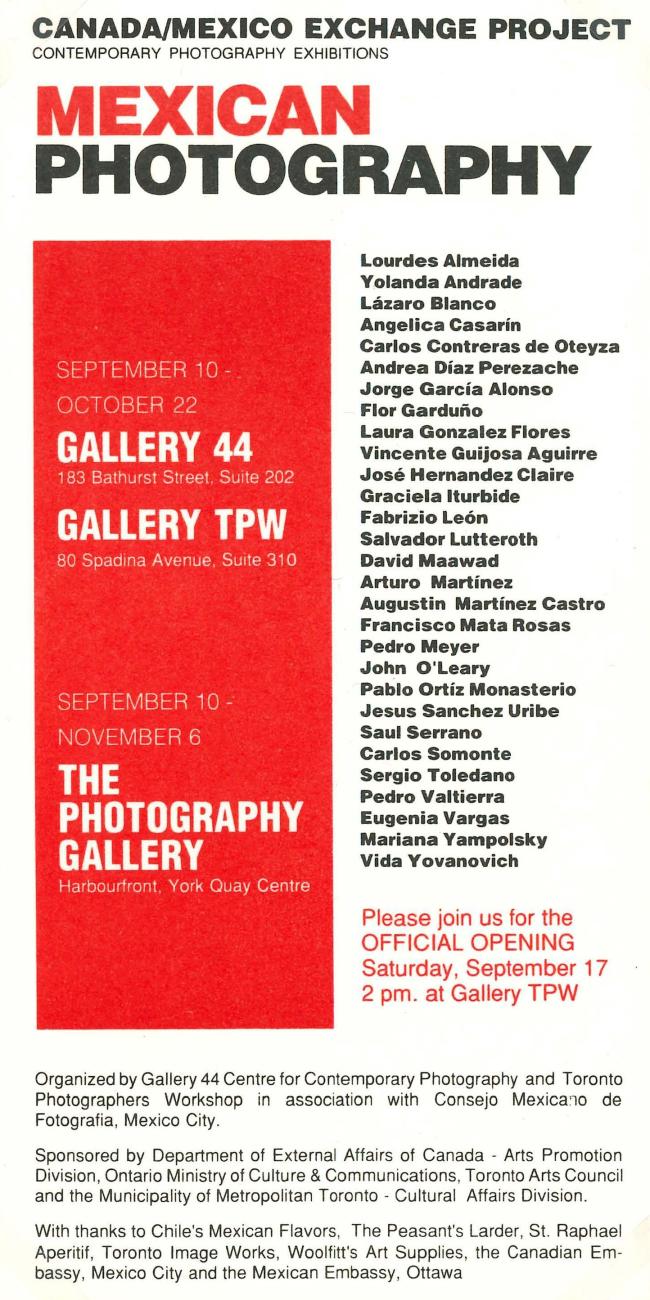
Mexican Photography, exhibition leaflet, 1988. Paper, 18.5 × 9.2 cm. Promised gift of Gallery TPW (LA.170405). © Gallery TPW.
In collaboration with the Toronto Photographers Workshop (now Gallery TPW), Gallery 44, and Consejo Mexicano de Fotografía in Mexico City, Goldchain organized committees in each city to select the artists for the exchange. Goldchain himself transported artist slides across the borders, making it possible for the Mexican committee to select the Canadian photographers they wished to exhibit, and vice versa. The Canadian jury included Maia Sutnik, who would go on to become the founding curator of the AGO’s Photography Department in 2000, and Robert Bourdeau, whose work is featured in Recuerdo.
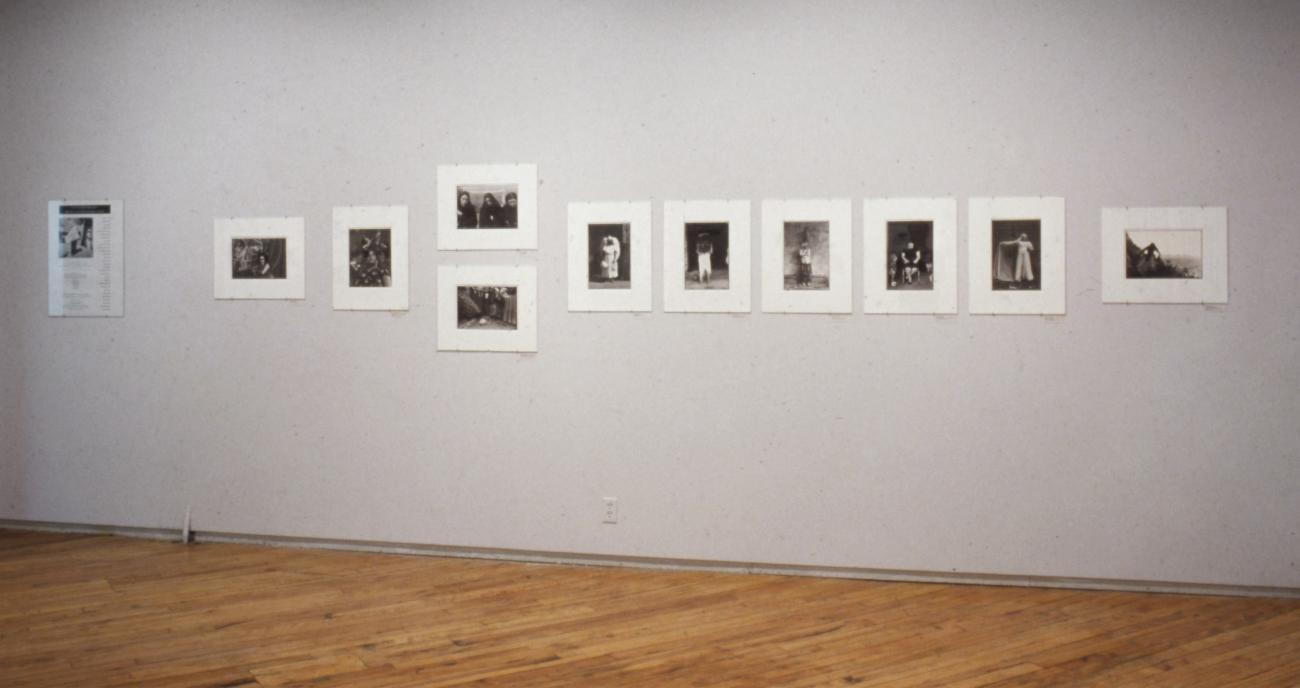
Installation view of Graciela Iturbide’s works at Gallery TPW, September 10 to October 22, 1988, 1988. Promised gift of Gallery TPW. © Gallery TPW.
The Toronto exhibition opened on September 10, 1988, and was shown across three galleries: TPW highlighted emerging Mexican photographers, Gallery 44 focused on experimental and contemporary work, and The Photography Gallery featured photojournalistic photographs.
The exchange uncovered two distinct photography scenes. The Canadian selection was more heterogeneous, with artists exploring personal narratives and conceptual approaches. By contrast, Mexican photographers worked largely in a documentary mode, depicting different realities of Mexican society while weaving in reflections on religion and the social and political landscape.
Participants also turned to different techniques and materials; Mexican photographers mostly used black and white film on a smaller scale, while Canadian photographers focused largely on experimental techniques and materials. A notable example is Barbara Astman, who presented several of her large-scale Polaroid works. Astman’s work, Dancing with Che (2002), is also on view as part of Recuerdo.
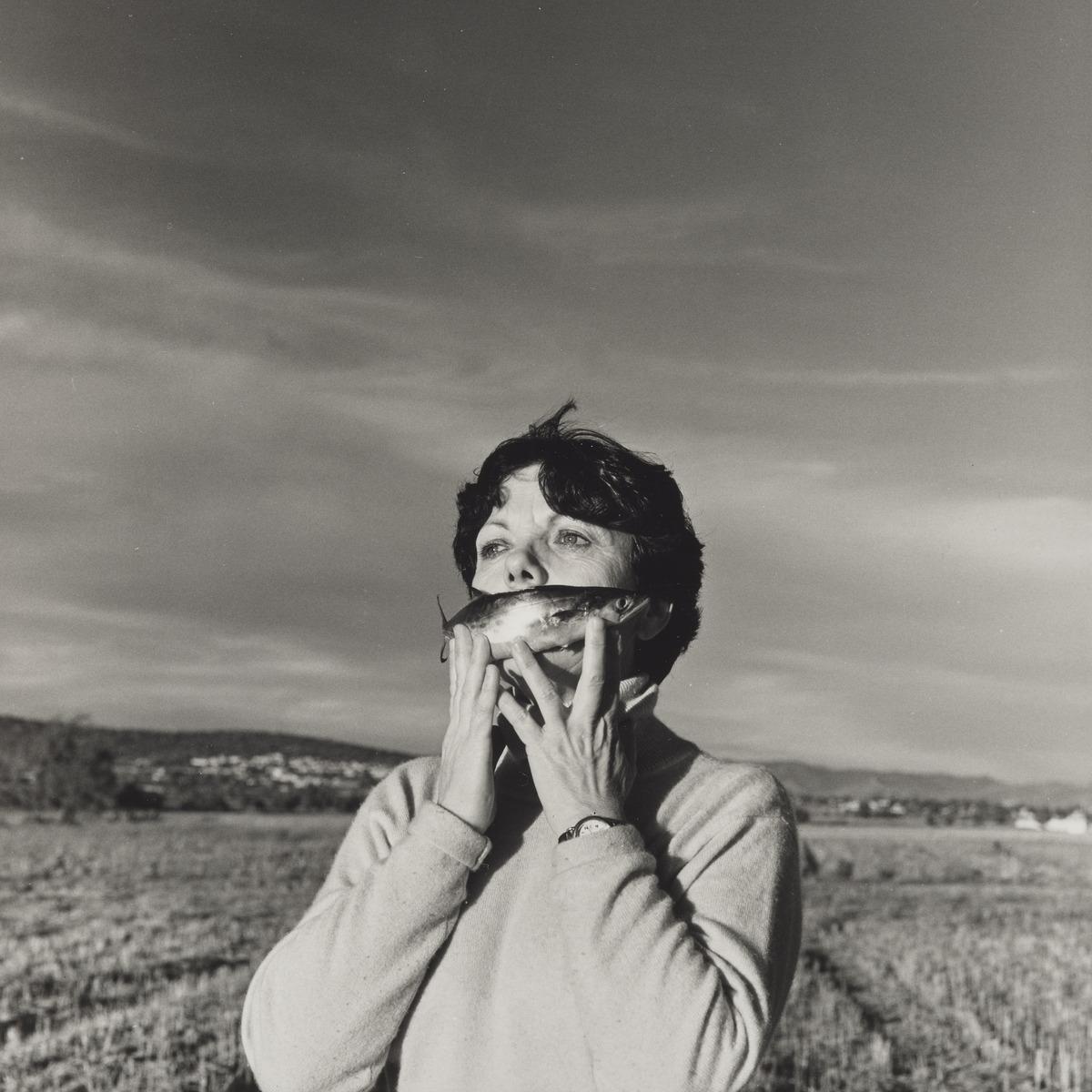
Graciela Iturbide. Autorretrato en el campo, Pachuca, México (Self-Portrait in the field, Pachuca, Mexico), 1995. Gelatin silver print, Overall: 25.4 × 20.3 cm. Art Gallery of Ontario. Purchase, with funds from the Photography Curatorial Committee, 2023. © Graciela Iturbide. 2023/5
This contrast in subject, material, and technique was largely representative of each country’s culture at the time. In the 1980s, Canada was actively negotiating the meaning of its national identity while Mexican photographers drew from an older history and culture, heavily influenced by the Mexican Revolution and the diversity of Indigenous groups in the country.
“I admired the commitment of Mexican photographers to creating works that reflected their society,” Goldchain said. “Mexico is such a complex place with hundreds of Indigenous groups—homogeneous yet incredibly diverse—and photographers were drawn to Indigenous cultures, but they were also deeply engaged with Mexico City as a multifaceted urban environment.”
A defining moment of the exchange was the introduction of Graciela Iturbide — young yet already celebrated — to Canadian audiences, marking the first time her photography was shown in the country. Her striking images resonated widely and were frequently featured in press coverage of the event. In a full-circle moment, the AGO acquired 48 of her works in 2023, 35 of which appear in Recuerdo, many originally shown in the exchange. Today, Iturbide holds a singular place in the AGO’s Collection, with the largest representation of any Latin American artist.
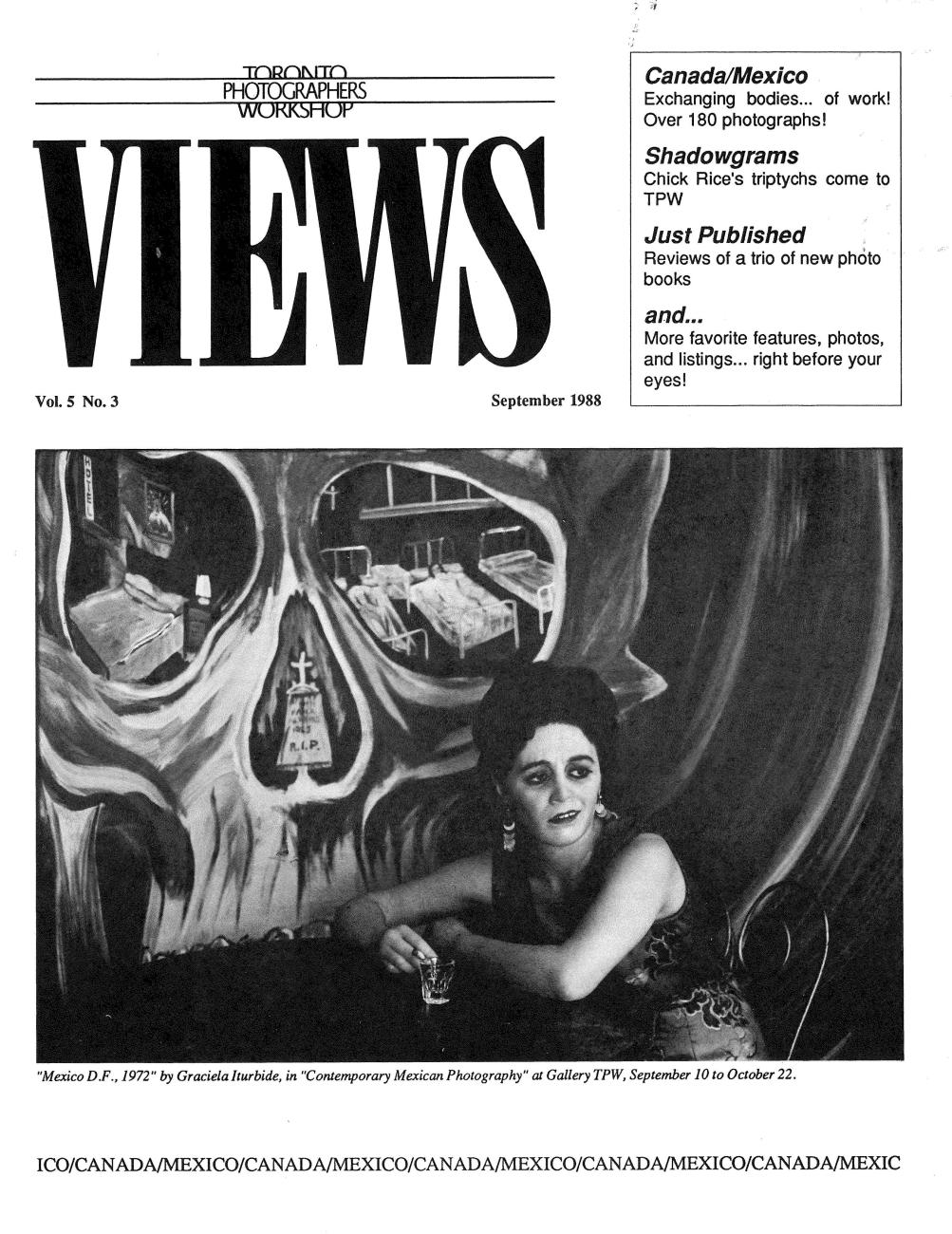
Cover of Views, Views vol. 5, no. 3, 1988. Paper, 28 × 21.5 cm. Promised gift of Gallery TPW (LA.170406). © Gallery TPW.
The Canada/Mexico Exchange built lasting connections for many of the artists involved and was a key catalyst in bringing Latin American photography to Canada. Reflecting on the impact the exchange left in Toronto, one of Goldchain’s main goals was to ignite an appreciation for Mexican photography in Canada.
“I had grown to love [Mexican photography], and I had also come to realize how unknown it was back here. So, I wanted to bring it here. What happened from there on, who knows? But what I did want was for the photo community to see this work and appreciate its strength — the honesty of how the work was made, the attachment to society, perhaps the love of Mexico, and perhaps not the most attractive aspects of Mexico, but the love of it, nevertheless.”
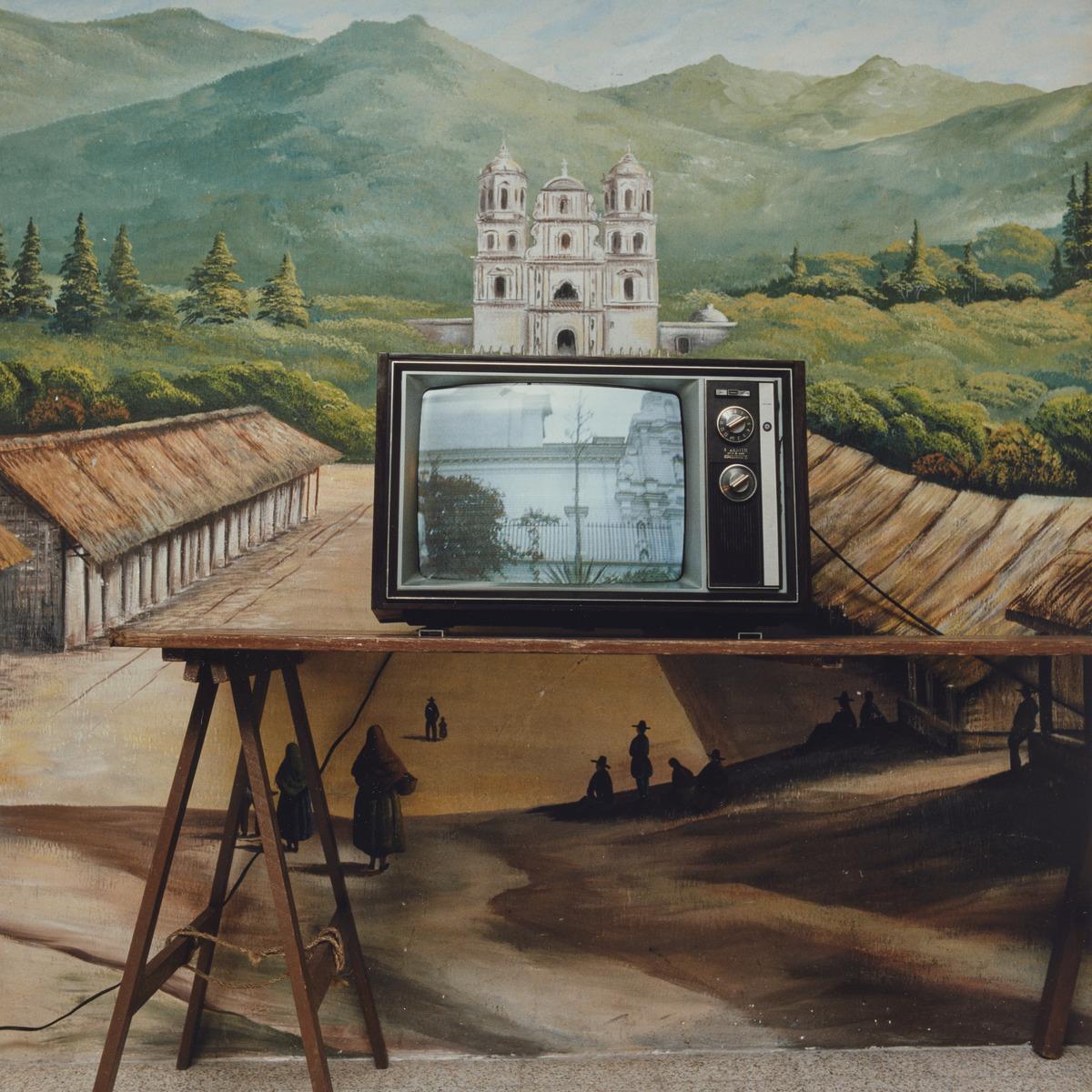
Rafael Goldchain. Press Lounge, Esquipulas, Guatemala, 1987. Chromogenic print, 50.8 × 61 cm. Purchase, with funds from the Photography Curatorial Committee 2024. © Rafael Goldchain. 2023/168
Quotes in this article were taken from an interview in the exhibition’s digital publication. To read the full interview between Rafael Goldchain and Marina Dumont-Gauthier, exhibition curator, download the digital publication here.
To see the works of Graciela Iturbide, Rafael Goldchain, and several other image makers, including Tina Modotti, Manuel Álvarez Bravo, and Michael Mitchell, visit Recuerdo: Latin American Photography at the AGO, on view on Level 1 of the AGO in the Edmond G. Odette Family Gallery and Robert & Cheryl McEwen Gallery (galleries 128 and 129). Recuerdo was curated by Marina Dumont-Gauthier, Curatorial Assistant, Modern & Contemporary, AGO; formerly Fellow and Curatorial Assistant, Photography, AGO (2022–2025)

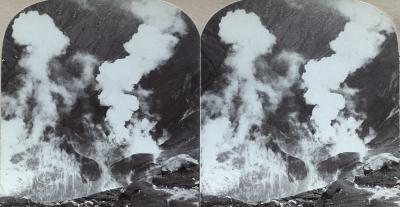
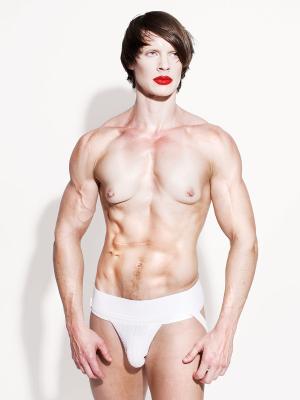
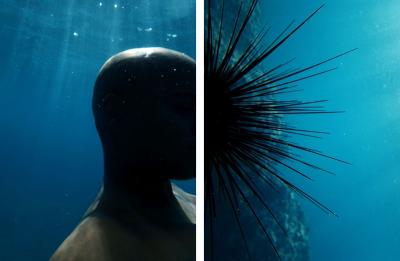
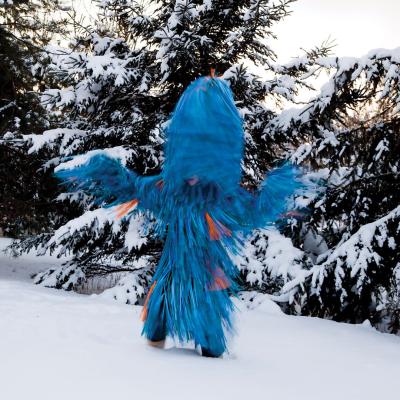
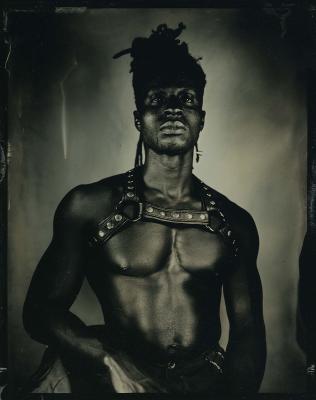
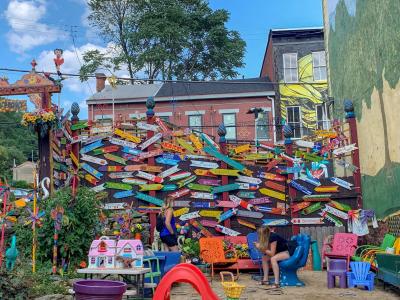
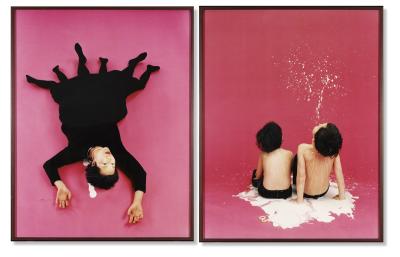
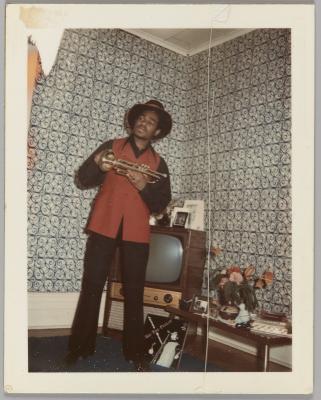
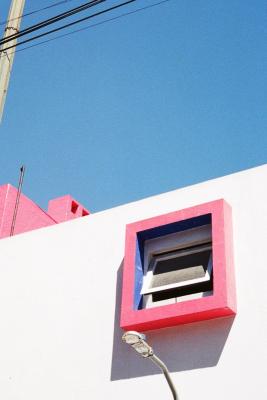
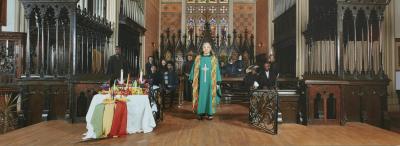
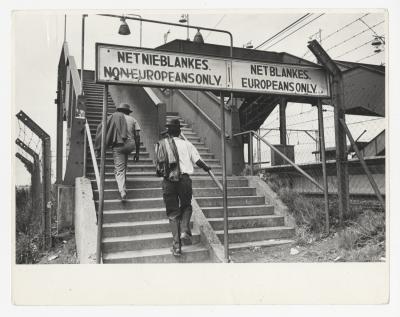
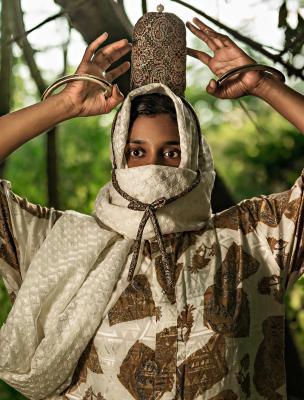
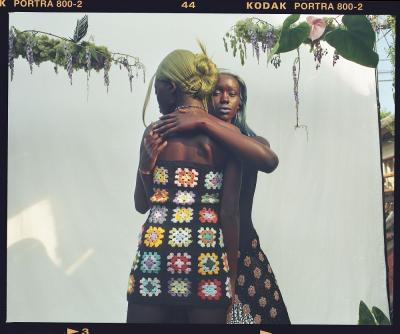
![Unknown photographer, Chillin on the beach, Santa Monica [Couple on beach blanket]](/sites/default/files/styles/image_small/public/2023-04/RSZ%20WMM.jpg?itok=nUdDiiKr)
